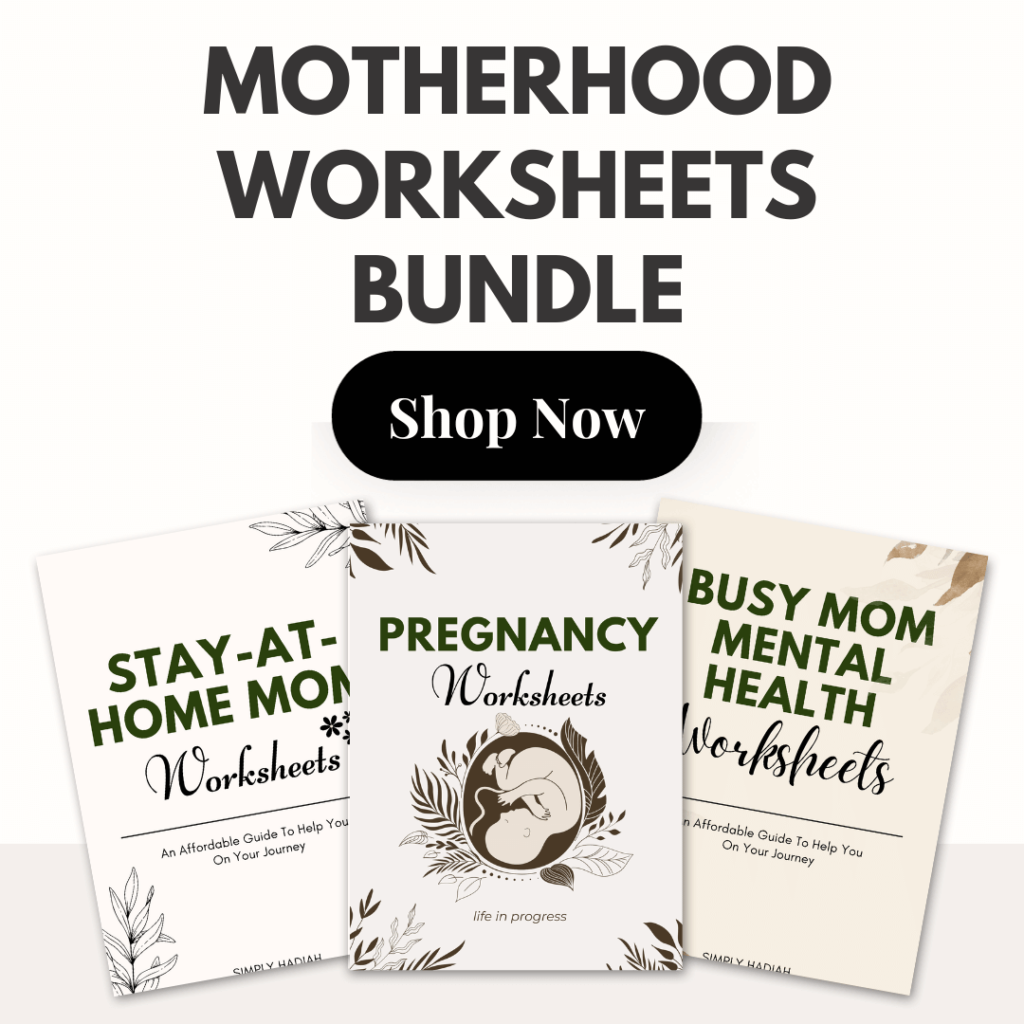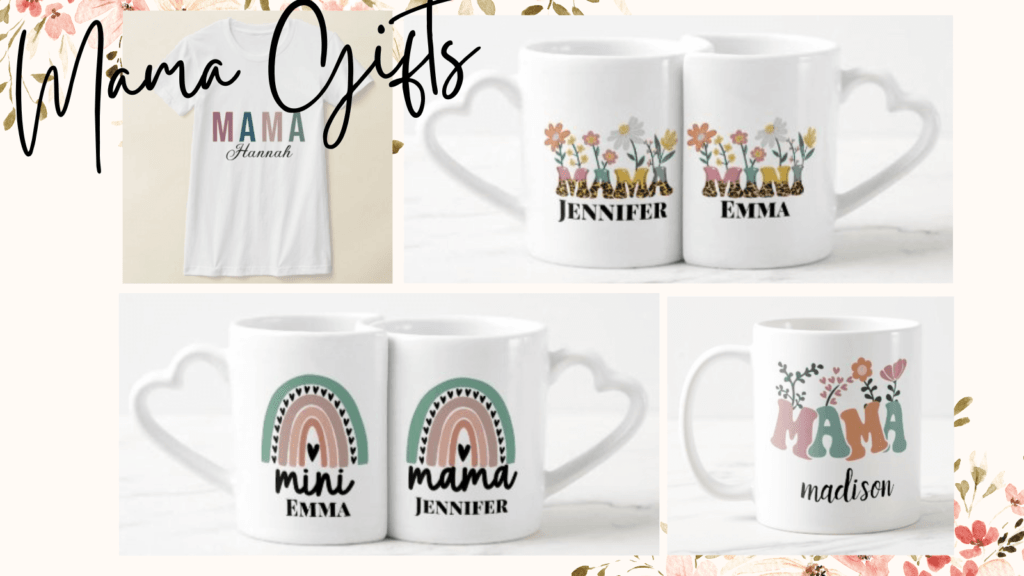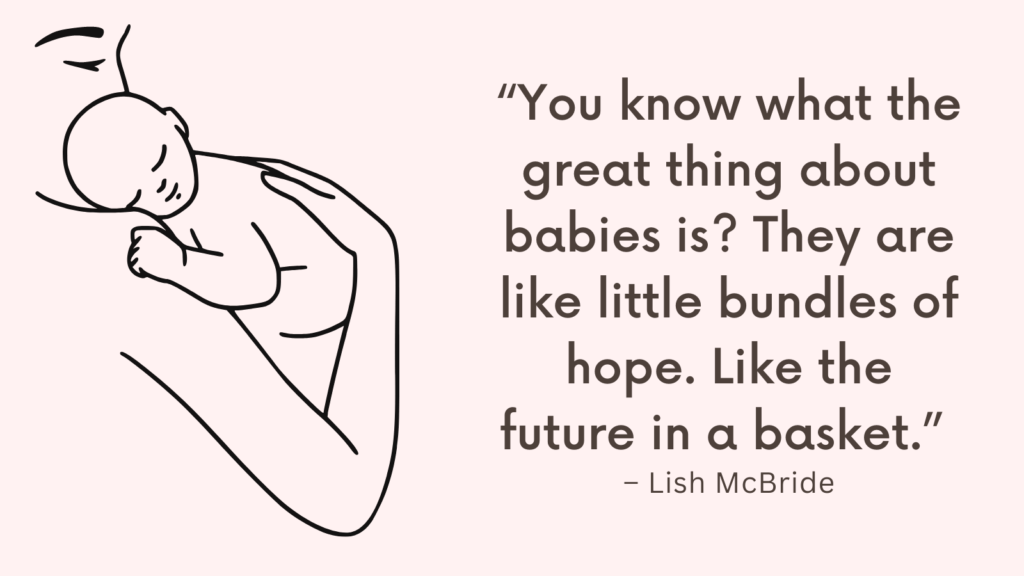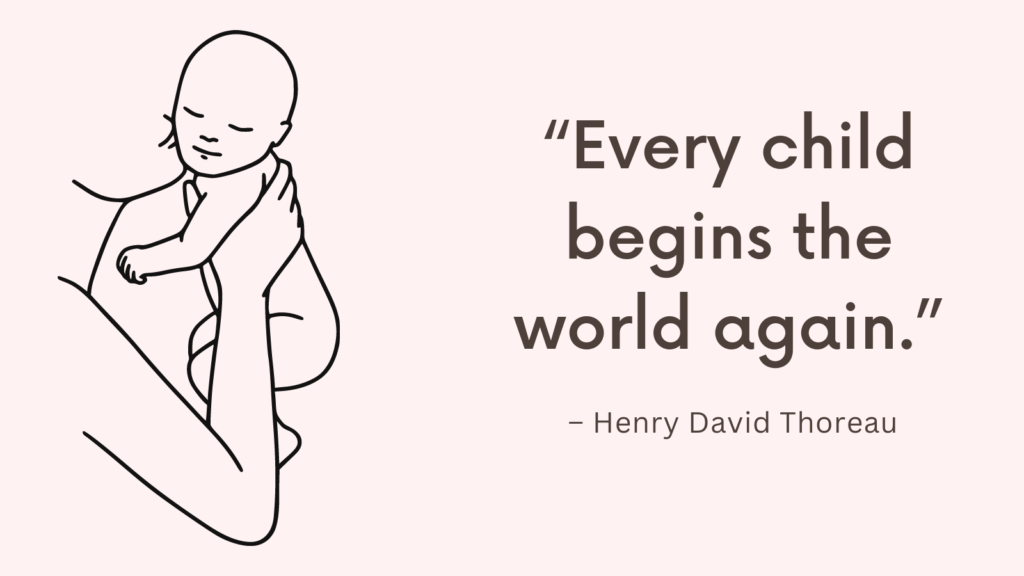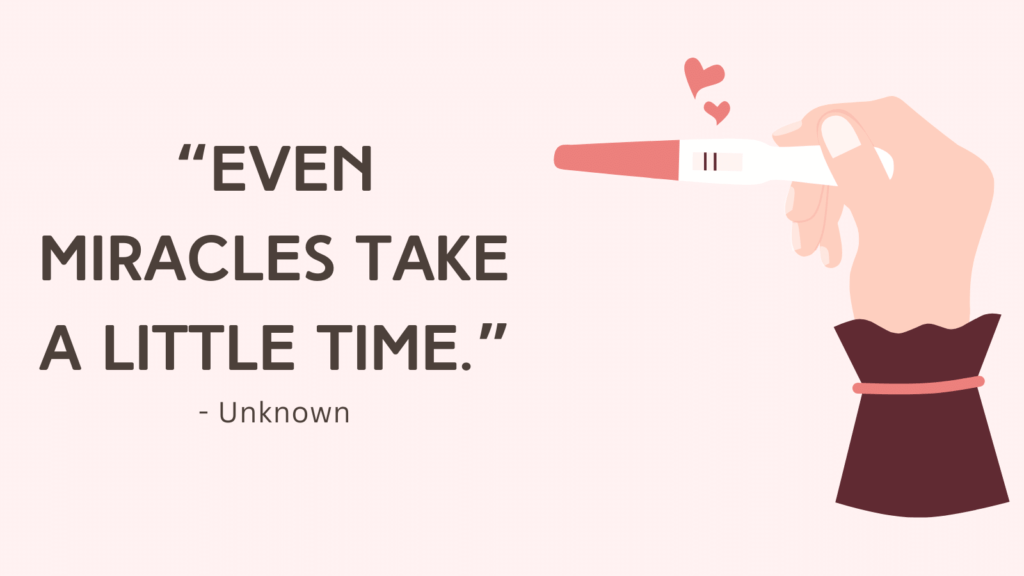This post contains some of the best C-section recovery must haves for a smooth recovery.
Disclosure: Some of the links below are affiliate links. This means that, at zero cost to you, I will earn an affiliate commission if you click through the link and finalize a purchase.
C-Section Surgery And Recovery Process
C-section surgery, also known as Cesarean section, is a surgical procedure performed to deliver a baby through an incision made in the mother’s abdomen and uterus.
Cesareans have significant risks. But there are circumstances in which a c-section is likely to benefit mother and/or baby:
- Placenta problems, including severe placenta previa and placental abruption;
- HIV infection;
- Multiple births;
- A first episode of herpes virus at the end of pregnancy; and
- Severe fetal distress or other significant complications in labor.
After the surgery, the woman is usually monitored in the hospital for a few days to ensure proper healing and recovery.
During this time, pain medications are often prescribed to manage discomfort and pain at the incision site.
It is normal to experience some soreness and tenderness, but with proper care, these symptoms gradually improve.
The recovery process typically involves taking it easy and giving the body ample time to heal.
Resting, avoiding heavy lifting or strenuous activities, and maintaining proper hygiene around the incision area are essential steps.
It is crucial to follow the doctor’s instructions on wound care, such as keeping the incision clean and dry, applying ointments or dressings, and keeping an eye out for any signs of infection.
Emotionally, recovering from a C-section can vary from woman to woman.
It is common for mothers to feel a range of emotions, including joy, relief, or even disappointment if the procedure was not part of their birth plan.
It is essential to seek emotional support from loved ones, healthcare professionals, or support groups to navigate these feelings positively.
In terms of physical activity, it is advisable to gradually increase movement and exercise as recommended by the healthcare provider.
Engaging in gentle exercises, such as walking, can help improve circulation and promote healing.
However, it is crucial to consult with a healthcare professional before starting any postpartum exercise routine.
While the recovery period can vary for each individual, most women start to feel significantly better within the first two weeks after the surgery.
However, it is essential to remember that everyone’s recovery journey is unique, and it may take several weeks or even months to fully recover.
Having a C-section can be physically and emotionally challenging, but it is important to remain patient and gentle with oneself throughout the recovery process.
With proper care, support, and time, the body heals, and mothers can focus on bonding with their newborns and adjusting to their new roles as parents.
C Section Recovery Must Haves
Physical Comfort And Pain Management
1. Supportive Underwear And Clothing Options
Supportive underwear is essential to alleviate discomfort and pain around the incision area.
The best option is high-waisted underwear made from breathable and stretchy fabrics. It should also provide compression to help reduce swelling and offer support to your abdomen.
Postpartum leggings, pants with a high waistband, or wraparound skirts can also be a great option to ensure comfort and support while allowing you to move around freely.
Loose-fitting tops that won’t rub against the incision area can also be beneficial.
Related: How To Find A Doula? 21 Tips To Find The Best Doula For You
2. Cushions And Pillows For Comfortable Positioning
One essential item that can greatly aid in this journey is cushions and pillows for comfortable positioning.
These specialized cushions are designed to alleviate pressure and provide optimal support to the recovering mother.
For instance, a wedge pillow can be used to prop up the upper body, promoting a comfortable sitting position while reducing strain on the incision area.
Additionally, a body pillow or pregnancy pillow can help to support the back, abdomen, and legs, facilitating proper alignment and relieving any discomfort during sleep.
The use of these cushions and pillows not only aids in physical recovery but also supports emotional well-being by providing a sense of comfort and relaxation.
They can be indispensable during breastfeeding or bonding time with the baby, allowing the mother to find a comfortable position without straining her body.
However, it is important to consider individual preferences and body types when choosing the appropriate cushions and pillows for recovery. Some may prefer firmer cushions, while others may find softer ones more comfortable.
Related: Top 17 Questions To Ask A Doula
3. Pain Relief Medications As Advised By Your Healthcare Provider
Pain relief medications, as advised by your healthcare provider, can be an essential part of your C-section recovery items.
Your healthcare provider may prescribe pain relief medications such as acetaminophen, ibuprofen, or other medication.
These medications can help manage post-C-section pain and discomfort, allowing you to move around more comfortably and promote healing.
It is essential to follow your healthcare provider’s dosage instructions and not exceed recommended doses.
It is also important to note that pain relief medications can have side effects, so be sure to discuss any concerns or questions with your healthcare provider.
Additionally, incorporating non-medical pain relief techniques like rest and relaxation practices or heat therapy can be helpful in managing pain and promoting recovery.
Related: Minimalist Hospital Bag Checklist (+Hospital Bag Checklist PDF)
Wound Care
4. Dressings And Bandages For Incision Site
When choosing dressings and bandages for the incision site, it is important to consider their absorbency, breathability, and gentle adherence to the skin.
Look for products specifically designed for post-C Section care, such as sterile adhesive dressings or non-stick wound pads.
These gentle, hypoallergenic options minimize the risk of irritation or infection, allowing the incision site to heal effectively.
Some dressings even have built-in features like extra cushioning or waterproof layers, providing additional comfort and convenience.
Remember to consult with your healthcare provider to determine the most suitable dressing or bandage for your unique needs.
Related: Dad Hospital Bag: What To Pack In Hospital Bag For Dad?
5. Skin-Friendly Cleaning Solutions And Wipes
Skin-friendly cleaning solutions and wipes are essential items that can aid in this process.
Look for cleaning solutions that are specifically designed for surgical wounds, as they typically have antimicrobial properties to further prevent infection.
Some wipes even come pre-moistened and individually packaged, making them convenient for on-the-go use.
Additionally, these wipes can be used for other purposes during your recovery, such as freshening up, soothing tender areas, or wiping down medical equipment.
Having these items readily available can provide comfort and peace of mind during the healing process, ensuring a smoother and more comfortable C-section recovery.
Related: Best 10 Postpartum Books
6. Appropriate Wound Healing Ointments Or Creams
It is essential to use appropriate wound healing ointments or creams to promote healing and prevent infection.
Some commonly recommended ointments include Neosporin, Bacitracin, and Polysporin.
These products contain antibacterial agents that help prevent infection and keep the wound moist to promote faster healing.
It is important to speak with your healthcare provider before using any ointment or cream and carefully follow their instructions.
Additionally, maintaining good hygiene practices and keeping the wound clean and dry can greatly aid in the healing process.
Related: 10 Tips For Successful Breastfeeding
Hygiene And Personal Care
7. Gentle Cleansing Products For Sensitive Skin
The incision site requires careful cleaning to prevent infections and promote healing.
Opting for mild, fragrance-free cleansers can help minimize irritation and discomfort.
Look for products specifically designed for sensitive skin, such as gentle baby washes or hypoallergenic cleansers.
These usually contain ingredients like aloe vera or chamomile that provide soothing relief and nourishment to the skin.
Related: How To Combine Breastfeeding And Pumping?
8. Comfortable And Absorbent Postpartum Pads
These pads are specifically designed to address the needs of women who have undergone a C-section surgery, offering a soft and gentle touch to the sensitive incision area.
The absorbent layer of these pads helps to manage postpartum bleeding, which is common after childbirth.
With their wide shape and adhesive back, these pads provide a secure and reliable fit, ensuring maximum coverage and protection.
They are also often made with hypoallergenic materials, reducing the risk of irritation or discomfort.
Some postpartum pads even come with additional features like cooling gels or herbal ingredients to help soothe any inflammation or soreness.
Related: Top 8 Breast Pumping Tips For New Moms
9. Stool Softeners To Alleviate Constipation
The combination of post-surgical pain medications, anesthesia, and reduced physical activity can contribute to constipation.
Thankfully, there are stool softeners available that can help alleviate constipation and promote bowel movements during the recovery process.
Stool softeners work by making the stool softer and easier to pass, reducing strain on the healing incision.
They are typically available as over-the-counter medications or prescribed by a healthcare provider.
Two common types of stool softeners are docusate sodium and polyethylene glycol (PEG).
Docusate sodium works by allowing more water to be absorbed into the stool, while PEG helps to retain water in the bowel, making the stool easier to pass.
It is important to consult with a healthcare provider before taking any medication, including stool softeners, to ensure they are suitable for your specific situation.
They can guide you on the appropriate dosage and duration of use based on your individual needs.
In addition to taking stool softeners, it is essential to maintain a well-balanced diet and drink plenty of fluids.
Engaging in light physical activity, such as short walks, can also help stimulate bowel function.
Related: When Does Breastfeeding Get Easier? A Guide for New Mothers
Breastfeeding Support (If Applicable)
10. Nursing Bras Or Tops Designed For Easy Accessibility
Nursing bras or tops designed for easy accessibility can be incredibly helpful.
These garments are specifically designed with convenient features such as front or side openings, making it easier for new mothers to breastfeed or pump milk without putting pressure on the incision site.
They are typically made from soft and stretchy materials that provide comfort and support during this healing period.
Some nursing bras even have removable cups or flaps, ensuring easy access for nursing or pumping.
Many brands offer a wide range of styles and designs to suit different preferences, ensuring that new moms can find something that makes them feel comfortable and confident.
Related: Best 10 Breastfeeding Books
11. Nursing Pads And Nipple Creams For Added Comfort
While the focus is often on healing the incision site, it’s important not to overlook the additional discomfort that breastfeeding can bring.
Nursing pads and nipple creams can provide added comfort and relief during this time.
Nursing pads help absorb any leakage or excess milk, keeping both clothing and bras dry. They come in various sizes and materials, including disposable and reusable options.
Nipple creams, on the other hand, are designed to soothe and moisturize sore or cracked nipples. They create a protective barrier, allowing the skin to heal while also providing relief from pain.
It’s crucial to look for non-toxic, lanolin-free nipple creams that are safe for both mom and baby.
Related: Breastfeeding Resources (Information, Apps, Books, Podcasts)
12. Breast Pumps And Storage Bags For Milk Supply Management
Breast pumps and storage bags are essential items for new moms who want to manage their milk supply efficiently.
A breast pump will allow you to express milk quickly and comfortably, even if you’re still recovering from surgery. Storage bags are ideal for freezing and storing breast milk, so you can build up a stash and have a ready supply on hand.
Look for breast pumps that are easy to use and clean, and that come with accessories like different sized flanges to ensure a good fit.
For storage bags, make sure they’re leak-proof and easy to label with the date and time of expression.
With these items in place, you’ll be able to focus on recovery and enjoy those early days with your new baby, while still providing them with the health benefits of breast milk.
Related: How Fast Do Lactation Cookies Work?
Mobility And Rehabilitation
13. Supportive Abdominal Binder Or Belly Wraps
Abdominal binders or belly wraps are designed to help reduce discomfort and promote healing by providing gentle compression to the abdominal area.
They are typically made from soft, breathable materials and are adjustable to accommodate different body shapes and sizes.
Abdominal binders and belly wraps offer vital support to the abdominal muscles, which may have been weakened or stretched during pregnancy and surgery.
This support can help alleviate pain and discomfort, especially when moving, coughing, or laughing.
They can also aid in reducing swelling and promoting proper healing by providing mild compression that helps improve blood circulation and minimize fluid build-up.
Abdominal binders and belly wraps also offer a sense of security and stability, which is particularly beneficial for new mothers who may feel some apprehension about engaging in physical activities post-surgery.
It’s essential to choose a binder or wrap that fits comfortably and provides the level of support you need without being too restrictive.
While abdominal binders and belly wraps can be incredibly helpful during C-section recovery, it’s always advisable to consult with your healthcare provider before using them.
Related: 10 Best Books For New Moms
14. Gradual Exercise Tools And Resources For Safe Physical Activity
Gradual exercise is crucial for post-C-section recovery, as it helps strengthen the core muscles, restore mobility, and improve overall well-being.
There are various items and resources available to aid in this gradual exercise journey.
Useful tools can include abdominal binders, support bands, or a postpartum exercise ball, which can assist in gentle stretching, pelvic tilts, and low-impact exercises to build strength and flexibility.
Additionally, resources such as online exercise programs specifically tailored for C-section recovery can be incredibly helpful.
These programs guide individuals through safe and effective exercises, taking into consideration the healing process and any limitations that may be present.
Related: Minimalist Baby Essentials
Emotional Well-being
15. Supportive Books, Podcasts, Or Online Communities
C-section recovery can be a challenging and sometimes isolating experience, but luckily there are various resources available to provide support and guidance.
Supportive books, podcasts, and online communities have become invaluable tools for mothers recovering from cesarean deliveries. Books such as “The Essential C-Section Guide” by Maureen Connolly and Dana Sullivan highlight important information on physical healing and emotional wellbeing after a c-section.
These books often offer practical tips and techniques for managing pain, scar care, breastfeeding, and overall recovery.
Podcasts like ” The C-Section Strong®️ Podcast ” hosted by Olena Danko, MS, RDN, LD provides personal stories, expert interviews, and helpful advice for women going through the post-c-section journey.
Online communities like the “International Cesarean Awareness Network” offer a safe space for sharing experiences and connecting with fellow c-section moms.
These communities provide a platform to ask questions, seek advice, and find solace in knowing that others have been through similar situations.
Related: Best 30 New Mom Affirmations
16. Self-Care Items
After the surgery, your body will require plenty of rest and self-care to help you recover fully.
One of the top items to include in your c-section recovery kit is a heating pad. This can help ease sore muscles and relax tension in the lower back. Make sure to use it on a low setting and apply it indirectly to the incision area.
To help with relaxation, you may also consider investing in aromatherapy essential oils, such as lavender or chamomile, which can promote relaxation and reduce anxiety.
Related: Best 100 Self-Care Ideas to Try
How To Get Rid Of C Section Shelf?
The “C-section shelf” refers to the bulge of skin and fat that can develop above the C-section scar. It can be challenging to get rid of this shelf, but here are some tips that may help:
1. Lose weight: One of the most effective ways to reduce the appearance of a C-section shelf is to lose weight. However, it is essential to approach weight loss in a healthy and sustainable way, so consult with your doctor or a licensed dietitian to develop a safe and suitable weight loss plan.
2. Exercise regularly: A combination of cardiovascular and strength training exercises can help reduce body fat and build muscle, which can help tighten and tone the area around the incision. Consult with your doctor or a licensed physical therapist before starting any new exercise regimen.
3. Massage therapy: Massaging the affected area using circular movements can help break down the underlying scar tissue and promote blood flow to the area. You can try using a simple moisturizer or oil while massaging.
4. Wearing a belly band: Wearing a belly band or a compression garment can help reduce swelling, support the abdominal muscles, and improve posture, which can help reduce the appearance of a C-section shelf.
5. Consider non-invasive cosmetic procedures: If nonsurgical methods do not seem to work, you might want to consider non-invasive cosmetic procedures such as laser treatment, radiofrequency therapy, or cool sculpting. These procedures should only be performed by licensed healthcare professionals.
It is important to remember that it can take time and patience to see results, and for some women, the C-section shelf may never fully go away.
Be sure to consult with your healthcare provider before attempting any of these methods, especially if you have any medical conditions or concerns.
Conclusion
After a c-section, it is important for the mother to take care of herself to ensure a speedy recovery.
It is important to remember that recovery time may vary for each individual, but taking care of oneself can aid in the healing process and overall well-being.
